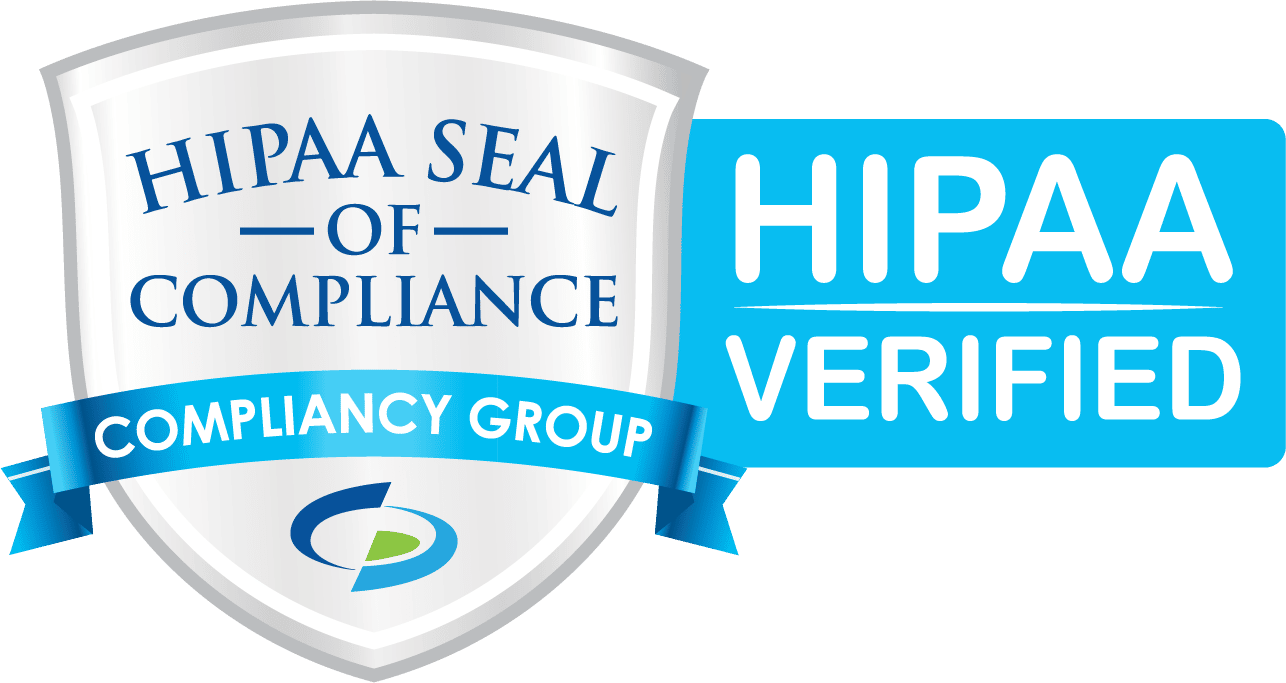Web accessibility is something that all companies with an online presence should be thinking about and planning for, and the medtech industry is no exception. Although the Americans with Disabilities Act (ADA) does not specifically mention websites and web applications, it has been widely interpreted to include such entities in recent lawsuits.
Medtech companies often have several online entities to maintain, from public-facing websites to applications and internal systems, so getting the right guidelines in place can be really helpful in ensuring company-wide ADA compliance online.
What does web accessibility mean for medtech companies, and how can they better prepare for it? Let’s review.
What Does “Web Accessibility” Mean?
While the Americans with Disabilities Act (ADA) has clear-cut guidelines for brick-and-mortar businesses and offices, it can be a bit tricky to figure out how to apply it to the web. In a nutshell, websites and applications should be easy to access and navigate for people with disabilities, including those visual, hearing, or physical disabilities.
To the average person who doesn’t have any type of disability, most websites or applications probably look just fine. But for someone who has an impairment, navigating a website or application can be difficult without some assistance. By building accessibility standards into your websites and applications, you can ensure that more customers, patients, and employees can use them with ease.
Beyond protecting yourself from lawsuits, web accessibility just makes your company look better from a PR standpoint. The medtech industry is at the forefront of medical breakthroughs and helping people with medical issues. If your websites and applications aren’t accessible to disabled people, the optics are especially bad.
What to Consider for Web Accessibility
Since medtech companies are often dealing with multiple websites and applications, including customer-facing websites, direct-to-patient websites, and portals and applications for customers and employees, it’s important to review and establish guidelines for all of these different entities to keep things consistent.
Here are some of the key aspects of web accessibility that we often see companies fail.
Images
Ideally, all images on your websites and applications should have alternative (alt) text. This bit of code helps those that are visually impaired understand what the image depicts. It provides a description of the image that screen readers can read to the user. This is especially important if your images provide key information that supplements the text on the page, like a chart or infographic.
It’s relatively easy to set up alt text on websites built in a content management system. Most content management systems have a field to add the alt text when you upload an image. If you aren’t sure, ask your website and application developers for guidance on setting up alt text.
Color Contrast
Insufficient color contrast is a common issue that we see with companies of all sizes. Often, the brand colors are chosen based on personal preference, without taking color contrast into account. If there isn’t enough contrast between text color and the background color, it can be difficult for someone with visual impairment to read.
When our team works on a website or application, we always review to ensure that there is enough contrast with the colors selected. As you create brand guidelines for different divisions and products within your company, it’s important to consider contrast when selecting colors.
Proper Heading Structure
With any written content that you add, it’s important to make sure that any text that is meant to be a heading is actually set with proper header tags. This helps screen readers understand how to categorize the information on the screen. Common errors on this front include using bolded or underlined text as a heading without the proper header tags. Proper heading structure, in general, makes it easier for all users to read and navigate the content on your website, but it can be especially useful for visually-impaired users.
Link Text and Buttons
Links and buttons are another aspect of websites and applications that can cause difficulty for users relying on screen readers. Sometimes, links are added to text that isn’t descriptive enough, like “Click here.” Other times, we’ll see a link added to an image or logo, or on a button. With no additional context, screen readers aren’t able to explain to users what will happen when they click the link. Just like with images, you can set alt text to help screen readers guide visually impaired users to the right links.
Online Forms
Medtech companies often have forms on their websites for potential customers or patients wanting more information about their products. However, it’s common for form fields to lack the proper labels necessary for screen readers to understand the information. If a screen reader is not able to parse out what information should go in each form field, all it can do is tell the user that there are a series of blank fields that need to be filled in, but not what information needs to go in each field. This means that a visually impaired user may be unable to fill out a form on your website.
The Best Pathway for Addressing Web Accessibility
There are certain plugins that can be added to your websites for a licensing fee, but they may not be the best option for a medtech company. They do an okay job of addressing some of the common issues, but there are some things that they can’t address, like alt text issues and heading structure.
For medtech companies, we recommend working with web and application developers who understand web accessibility and can build best practices into your various web properties and applications. The best way to address potential accessibility issues is to actually fix them, not just apply a plugin. This means going back and correcting issues on existing websites and applications and building new web properties to be accessible from the start.
We believe that web accessibility will only increase in importance over time. The web in itself was made to be accessible to everyone, but that isn’t truly the case until everyone can use it in a meaningful way. Since the medtech industry is already focused on creating innovative solutions for healthcare, it’s only fitting that your websites and applications should be accessible to anyone regardless of their medical issues and disabilities.
Additional Tools / Websites to Consider
- For the full story on everything accessibility related, check out the Web Content Accessibility Guidelines (WCAG) website.
- Check out the WAVE Report to test a public-facing website for accessibility.

Vasu Tummala
Vasu Tummala, a former Senior Designer and Front End Developer here at Health Connective, contributed to the user interface and user experience (UI & UX) design of our client projects. He has a passion for web accessibility, ensuring that accessible options are built into the design of every project.
As the marketing manager, Ashley ensures that our clients’ marketing strategies are put into action. This includes content writing, SEO, online advertising, analytics, and interfacing with the tools, systems, and team members needed to help our clients accomplish their marketing goals.


